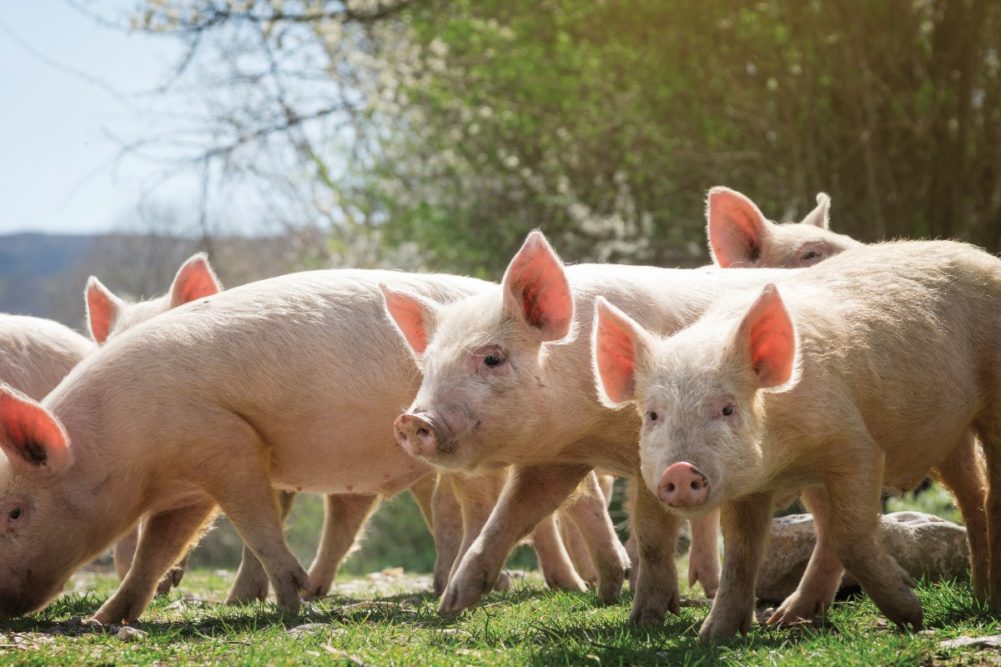WASHINGTON — The National Pork Producers Council (NPPC) released its latest economic contribution report, which detailed the significance of US pork producers to the American economy.
“America’s pork industry is a vital pillar of our nation’s agricultural economy, contributing over $62 billion annually and supporting hundreds of thousands of jobs across the country,” said Lori Stevermer, president of NPPC. “Producers are committed to delivering wholesome, affordable, sustainable pork products that not only feed millions of families but also drive economic growth and innovation in rural communities.”
NPPC stated in its report that the pork industry supports an estimated 573,311 direct, indirect and induced jobs in the United States. During 2023, more than 60,000 producers sold more than 149 million hogs, which resulted in $27 billion in gross cash receipts.
The trade association noted that the industry supports more than $37 billion in personal income and helps economic activity in other services like insurance, grain elevators, trucking and other rural-based business operations.
NPPC also noted that around 25% of US pork was exported in 2023, amounting to nearly 7 billion lbs of pork valued at $8 billion. According to the report, pork exports help support more than 143,000 US jobs.
The pork industry also purchases feed, such as corn and soybean meal, which account for an estimated 52% of total US production costs with purchases valued at nearly $13 billion annually.
“Last year brought significant financial challenges for US pork producers, marked by decreased gross cash receipts and a substantially higher average cost of production in 2023,” said Holly Cook, NPPC economist. “Despite these hurdles, this report demonstrates that the pork industry remains a vital contributor to the nation’s economy and a key player in global trade.”
In the report, the NPPC also addressed some issues and opportunities that it will focus on, including animal health, biosecurity and sustainability.
Another challenge the association highlighted was worker shortages, and maintaining adequate staffing levels on farms and in processing plants has been increasingly difficult in recent years despite higher wages, bonus programs, and competitive benefits.
“While current tightness in the broader US labor market plays a role, many labor challenges are tied to long-term demographic trends in rural America,” NPPC said in the report. “Slowing US population growth and increased levels of outmigration have caused populations of rural, farming counties to decline over time while the median age of the rural workforce continues to increase. The result is a shrinking and aging rural labor force that is increasingly unable to fill the workforce needs of the pork industry.
The entire NPPC report can be found here.




